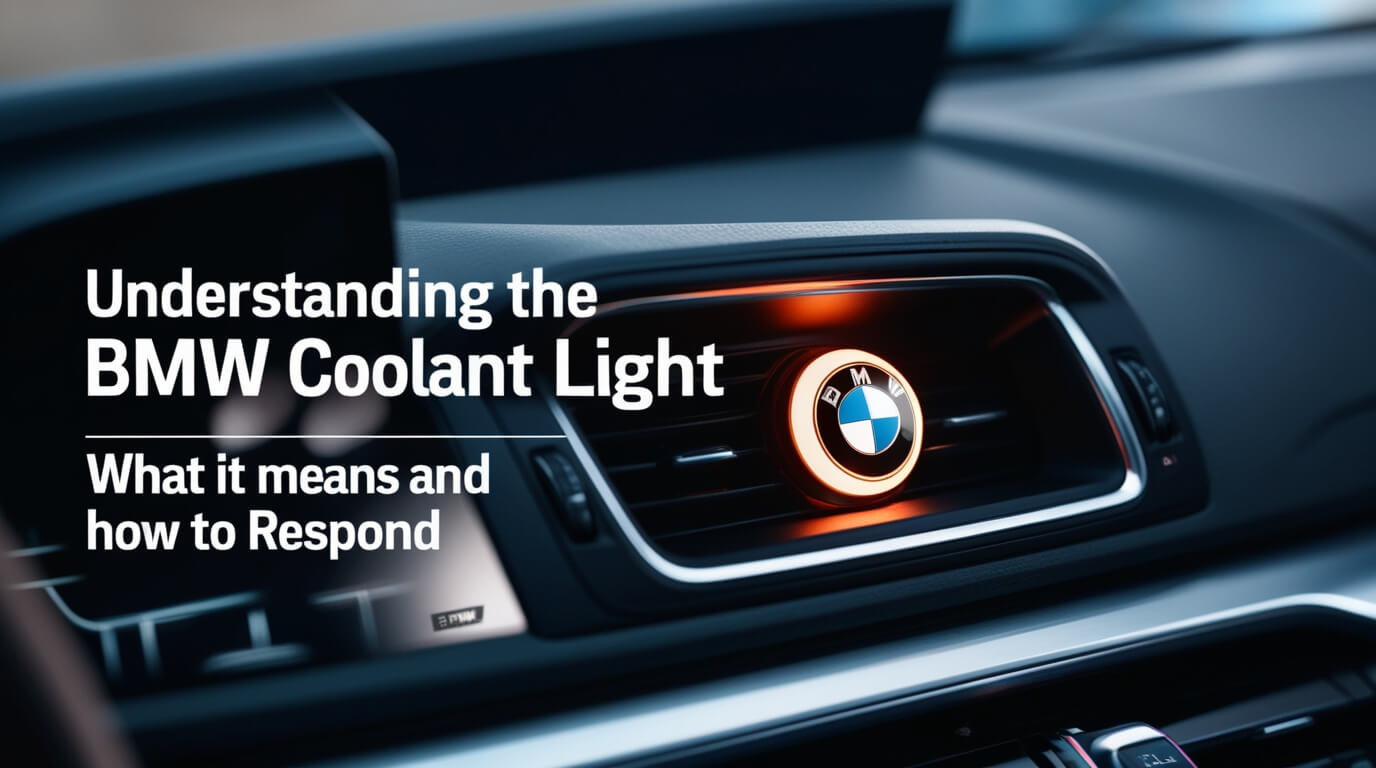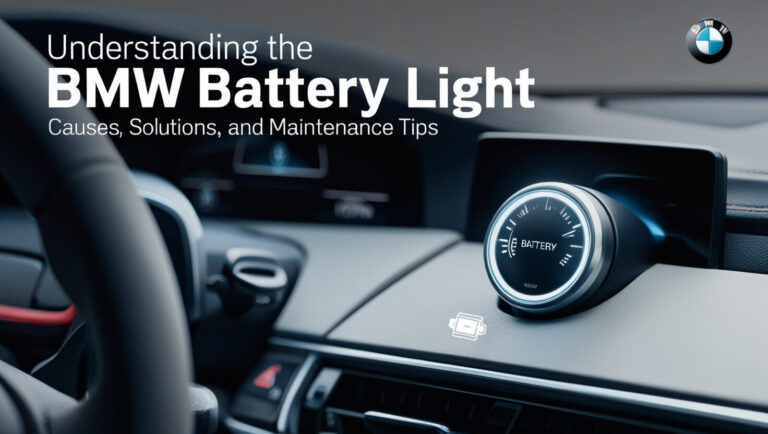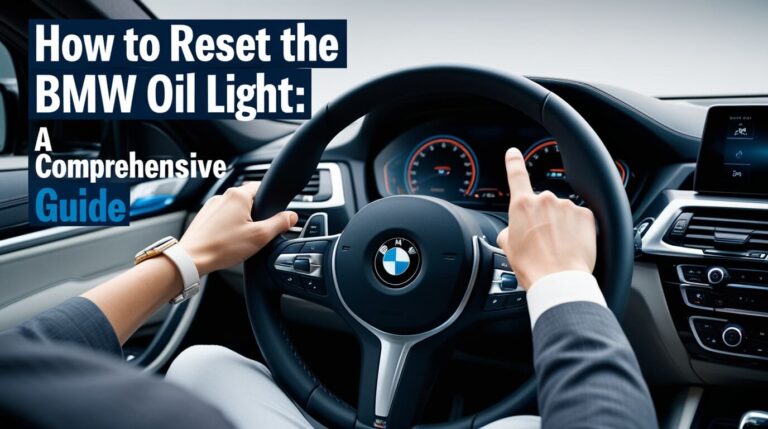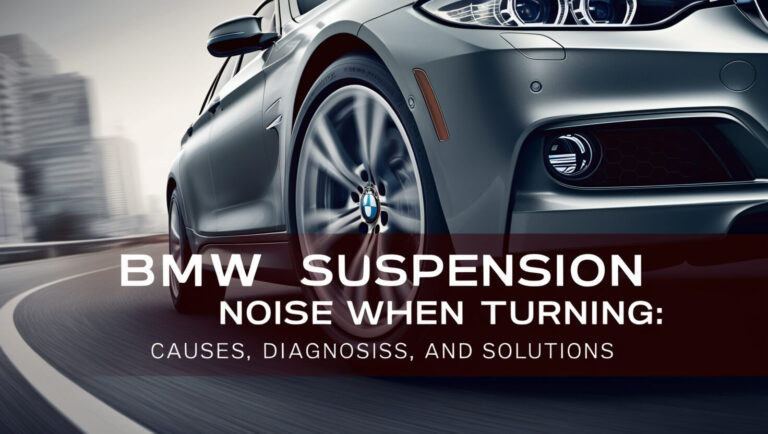
The BMW coolant light is a crucial warning signal in your vehicle. When this light illuminates, it indicates a potential issue with your car’s cooling system that requires immediate attention. Ignoring this warning could lead to severe engine damage and costly repairs. This article will explore the causes of the BMW coolant light, how to respond when it comes on, and ways to prevent coolant-related issues in your BMW.
What Is the BMW Coolant Light?
The BMW coolant light is part of your vehicle’s warning system. It’s designed to alert you when there’s a problem with the engine’s cooling system. This light usually appears as a thermometer symbol or a coolant bottle icon on your dashboard.
The Purpose of Coolant in Your BMW
Coolant plays a vital role in your BMW’s engine health. It regulates the engine temperature, preventing overheating during operation. Without proper coolant levels, your engine could suffer severe damage.
Key functions of coolant include:
- Absorbing excess heat from the engine
- Preventing corrosion in the cooling system
- Lubricating moving parts in the water pump
- Maintaining optimal engine temperature in all weather conditions
How the Coolant System Works
Your BMW’s cooling system is a complex network of components working together. Here’s a simplified breakdown:
- The water pump circulates coolant through the engine.
- As coolant flows through the engine, it absorbs heat.
- The heated coolant travels to the radiator.
- In the radiator, the coolant releases heat and cools down.
- The cooled liquid returns to the engine to repeat the process.
Different Types of BMW Coolant Warning Lights
BMWs may display various coolant-related warning lights:
- Blue light: Engine still cold
- Red light: Engine overheating
- Yellow light: Low coolant level
Each light indicates a different level of urgency, with red being the most critical.
Common Causes of the BMW Coolant Light Illuminating
Several issues can trigger your BMW’s coolant light. Let’s explore the most frequent culprits.
Low Coolant Levels
The most common reason for a coolant light is simply low coolant levels. This can happen due to:
- Natural evaporation over time
- Small leaks in the cooling system
- Recent coolant change that wasn’t filled properly
Regular checks can help you catch low coolant levels before they become a problem.
Coolant Leaks
Leaks in the cooling system can cause rapid coolant loss. Common leak points include:
- Radiator
- Hoses
- Water pump
- Coolant reservoir
- Engine block
Identifying and fixing leaks promptly is crucial to prevent engine damage.
Faulty Coolant Sensors
Sometimes, the problem isn’t with the coolant itself but with the sensors monitoring it. A malfunctioning sensor may trigger the warning light even when coolant levels are normal.
Thermostat Issues
The thermostat regulates coolant flow based on engine temperature. A stuck thermostat can disrupt this flow, leading to overheating and triggering the coolant light.
Water Pump Failure
The water pump is responsible for circulating coolant through the engine. If it fails, coolant won’t flow properly, potentially causing overheating and activating the warning light.
Immediate Actions When Your BMW Coolant Light Comes On
When you see the BMW coolant light, quick action is essential. Here’s what to do:
Safely Pull Over and Turn Off the Engine
Find a safe spot to pull over as soon as possible. Turn off the engine to prevent further heat buildup.
Check the Coolant Level
Once the engine has cooled (wait at least 15 minutes), check the coolant level in the reservoir. If it’s low, this could be the cause of the warning light.
Look for Visible Leaks
Inspect the ground under your car for any signs of coolant leaks. Coolant is usually green, pink, or orange and has a sweet smell.
Monitor Engine Temperature
Keep an eye on the temperature gauge. If it’s in the red zone, don’t restart the engine. Call for roadside assistance instead.
How to Check and Add Coolant to Your BMW
Regularly checking and maintaining proper coolant levels can prevent many cooling system issues.
Locating the Coolant Reservoir
The coolant reservoir in most BMWs is located near the radiator. It’s a translucent plastic tank with “MIN” and “MAX” markings on the side.
Proper Coolant Mixture for BMWs
BMWs require a specific type of coolant. The correct mixture is typically:
- 50% antifreeze
- 50% distilled water
Never use tap water, as it can introduce minerals that may damage the cooling system.
Step-by-Step Guide to Adding Coolant
- Ensure the engine is cool.
- Locate the coolant reservoir.
- Check the current coolant level.
- If low, remove the cap carefully.
- Add the correct coolant mixture up to the “MAX” line.
- Replace the cap securely.
- Start the engine and check for leaks.
Precautions When Handling Coolant
Coolant is toxic and harmful to the environment. Always:
- Wear gloves when handling coolant
- Clean up spills immediately
- Dispose of used coolant properly at a recycling center
Understanding BMW Coolant Types and Colors
BMW coolants come in various types and colors. Understanding these can help you maintain your vehicle correctly.
Different Coolant Colors in BMWs
BMW coolants may be:
- Blue: Older models
- Green: Some older models
- Pink/Red: Most modern BMWs
The color indicates the coolant’s chemical composition and additives.
Importance of Using the Correct Coolant
Using the wrong coolant can lead to:
- Reduced cooling efficiency
- Corrosion in the cooling system
- Damage to gaskets and seals
Always use the coolant specified in your BMW’s manual.
Mixing Different Types of Coolant
Mixing different coolant types can cause chemical reactions that reduce cooling efficiency and potentially damage your engine. If you’re unsure about the current coolant in your BMW, it’s best to have it flushed and refilled with the correct type.
Long-Term Solutions for Recurring Coolant Issues
If you’re facing frequent coolant problems, it’s time to look at long-term solutions.
Regular Coolant System Maintenance
Scheduled maintenance can prevent many coolant issues. This includes:
- Coolant flushes every 30,000 to 60,000 miles
- Regular inspections of hoses and connections
- Pressure testing the cooling system annually
Replacing Worn Components
Over time, cooling system components wear out. Common parts that may need replacement include:
- Radiator
- Water pump
- Thermostat
- Hoses
Timely replacement of these parts can prevent major breakdowns.
Professional Diagnosis and Repair
For persistent issues, seek professional help. A BMW specialist can:
- Perform advanced diagnostics
- Identify hidden problems
- Recommend comprehensive solutions
Preventing BMW Coolant Light Issues
Prevention is always better than cure. Here are some tips to avoid coolant light problems:
Regular Coolant Level Checks
Make it a habit to check your coolant levels monthly. This simple task can catch issues early.
Following BMW’s Maintenance Schedule
Stick to the maintenance schedule in your owner’s manual. It’s designed to keep your BMW in top condition.
Recognizing Early Warning Signs
Be alert for signs of cooling system problems:
- Sweet smell from the engine bay
- White steam from the exhaust
- Engine running hotter than usual
- Coolant puddles under the car
Addressing these signs promptly can prevent more serious issues.
When to Seek Professional Help for BMW Coolant Problems
While some coolant issues can be addressed by owners, others require professional attention.
Signs of Serious Coolant System Issues
Seek professional help if you notice:
- Persistent overheating
- White exhaust smoke
- Coolant mixing with oil
- Repeated coolant loss
These symptoms could indicate severe problems like a blown head gasket or cracked engine block.
Benefits of Professional BMW Service
Professional BMW technicians offer:
- Specialized diagnostic tools
- Expert knowledge of BMW systems
- Access to genuine BMW parts
- Warranty on repairs
Finding a Reliable BMW Specialist
To find a trustworthy BMW specialist:
- Ask for recommendations from other BMW owners
- Check online reviews and ratings
- Verify certifications and experience
- Inquire about their diagnostic process and warranty policies
The Impact of Ignoring the BMW Coolant Light
Ignoring your BMW’s coolant light can have serious consequences.
Potential Engine Damage
Continued operation with coolant issues can lead to:
- Warped cylinder heads
- Cracked engine block
- Blown head gasket
- Seized engine
These problems often result in total engine failure, requiring expensive replacements.
Safety Risks
Coolant problems can create safety hazards:
- Sudden engine failure while driving
- Steam obscuring vision
- Coolant leaks causing slippery road conditions
Your safety and the safety of others on the road depend on addressing these issues promptly.
Increased Repair Costs
The longer you wait to address coolant problems, the more expensive the repairs become. What starts as a simple coolant top-up can escalate to a full engine replacement if left unchecked.
Conclusion: Staying Cool with Your BMW’s Coolant System
The BMW coolant light is more than just another dashboard warning – it’s a crucial indicator of your vehicle’s health. By understanding what this light means, how to respond when it illuminates, and how to maintain your cooling system, you can keep your BMW running smoothly and avoid costly repairs.
Remember, regular maintenance, prompt attention to warning signs, and professional care when needed are key to a healthy BMW cooling system. Don’t let coolant issues leave you stranded – stay informed, stay proactive, and enjoy the ultimate driving machine as it was meant to be experienced.






